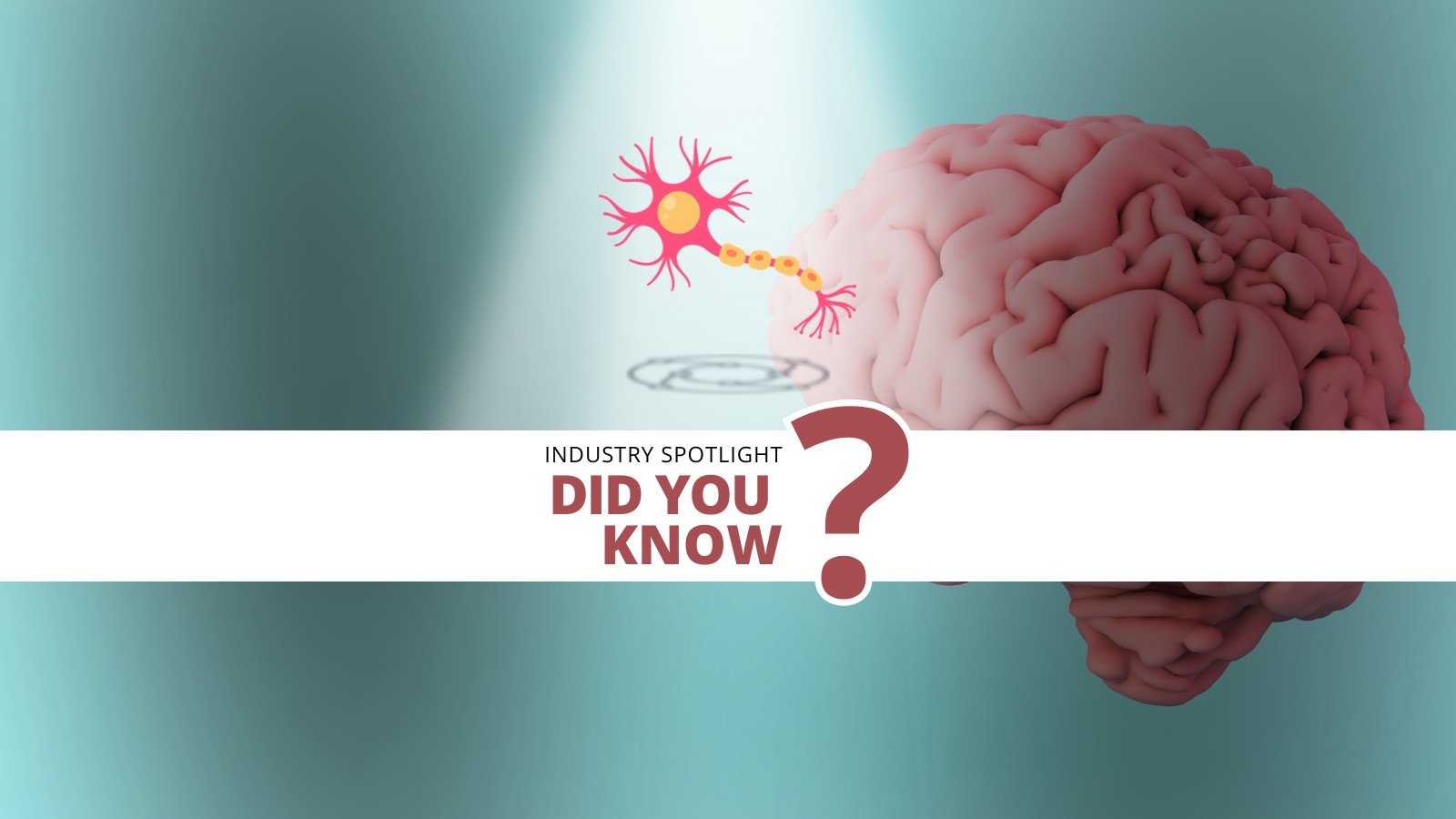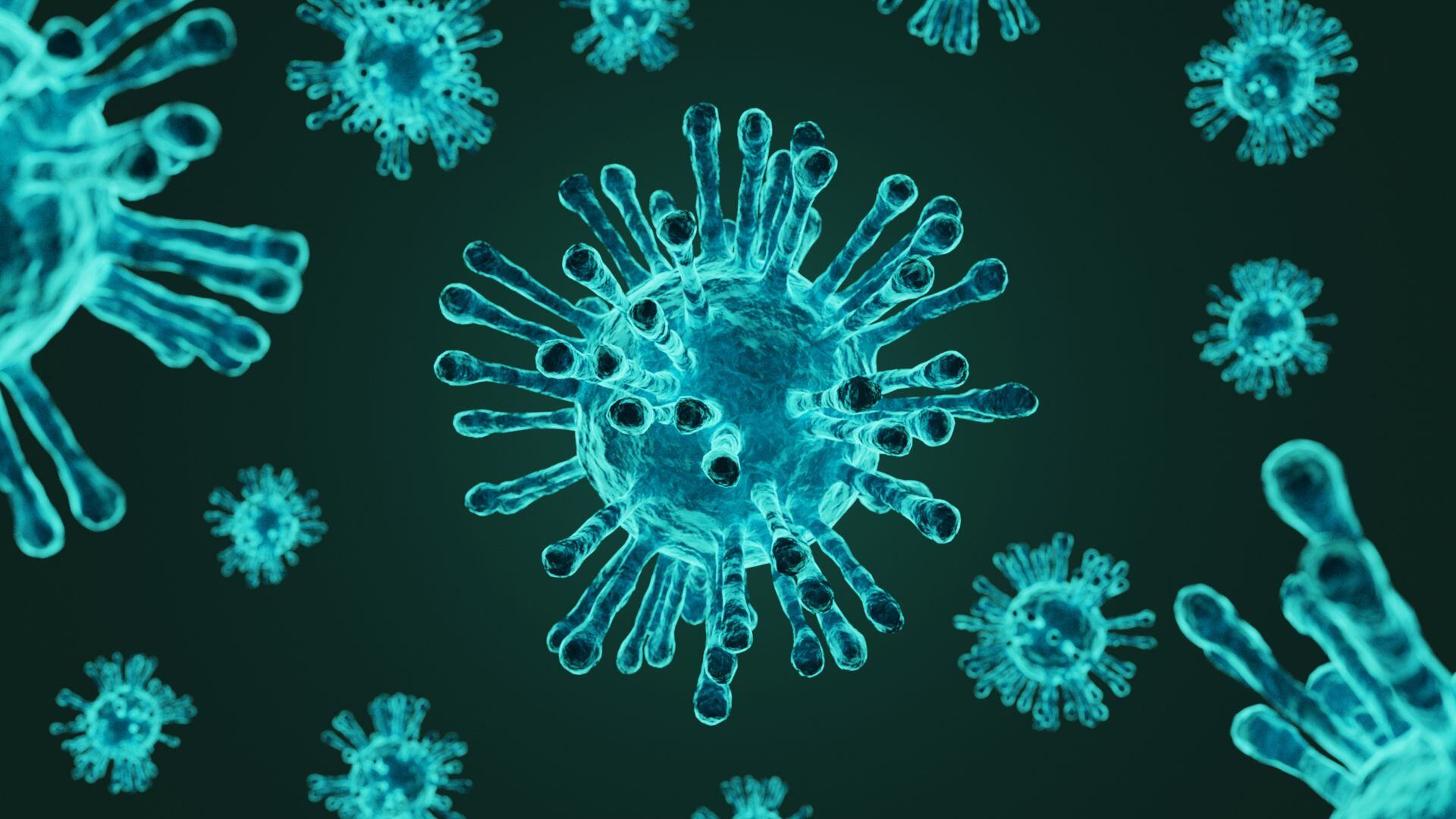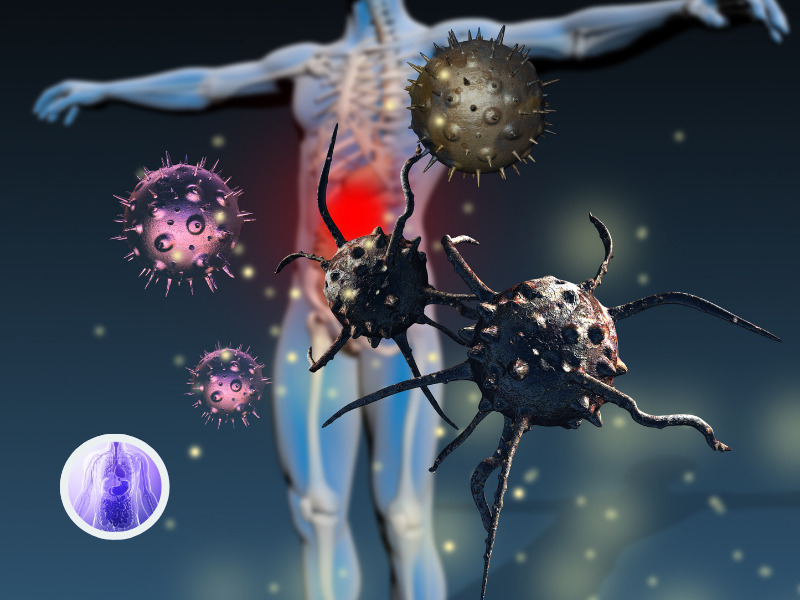Cerebral Organoids: the Sci-Fi Organ Model Explaining our Brains

The human brain, being the most complicated of organs and what sets us apart from other species has always been a sought-after object of study.
To do this, autopsies, animal models, and imaging techniques have all been used to try to understand the complex workings of our cortexes. Although advancing our understanding, there are still questions about the brain that have evaded being answered by these methods.
Cerebral organoids are 3D, stem cell-derived brain tissues that can be studied in the lab. Skin cells gathered from patients are cultured into stem cells. Then the right combination of environmental features induces these stem cells to develop into a 3D mass of brain tissue. These tissues grow themselves under the right conditions, developing a network of neurons like a mini brain which can grow up to a maximum diameter of about 1cm.
Uses for Cerebral Organoids
The passing of the FDA Modernization Act 2.0 into US law in 2022 has shown that the pharmaceutical industry may be moving away from animal models and toward more complex ways of testing drugs. This would make way for more sophisticated forms of preclinical testing that can more accurately recapitulate human tissue.
- Challenges in Translational Approaches and Biomarkers in Neurodegeneration
- FDA Can Deem Animal Testing of Drugs No Longer Necessary
Cerebral organoids hold the potential to further understand the development of the human brain, due to the ability to study their formation from the embryonic stages. Furthermore, neurological disorders and diseases can be studied with the help of brain models, and drugs can be tested for efficacy and safety using these mini brains.
Furthermore, the prospect of introducing organoids, organs-on-chips, and other complex modelling tools is favoured by those concerned with animal welfare. Although the sector is a long way from discontinuing animal testing completely, the regulatory framework around the discovery and preclinical testing of drugs no longer requires the use of animal modelling. However, animal models still remain a mainstay of preclinical development.
Ethical Considerations for Cerebral Organoids
But these mini brains are not without their own ethical concerns. Despite not being able to think like us, the advent of brain organoids has raised alarm bells for the creation of sentient organ models in the future. Contemporary cerebral organoids are small, with only around one hundred-thousand neurons, while human brains amass 86 billion.
Furthermore, although exhibiting the same cell types and tissues that our brains are made of, organoid neurons are not arranged in such a way that would be able to produce complex thought. It’s like how a ball of wool and a knitted scarf are made of the same ingredients, but a ball of wool couldn’t keep you warm in the winter.
Conclusion
In the quest to decipher the enigma of the human brain, cerebral organoids have emerged as a groundbreaking tool in neuroscience. The current technology provides a unique window into the intricacies of brain development and hold great promise in reshaping drug testing and the study of neurological disorders.
Yet, as these organoids push the boundaries of scientific understanding, ethical concerns loom, raising questions about the potential creation of sentient organ models despite the vast cognitive gap between these mini-brains and human consciousness. Balancing scientific progress with ethical considerations remains a pivotal challenge in this innovative field.
Get your weekly dose of industry news?here?and keep up to date with the latest?‘Industry Spotlight’ posts.?For other Discovery content, please visit the?Discovery Content Portal.








